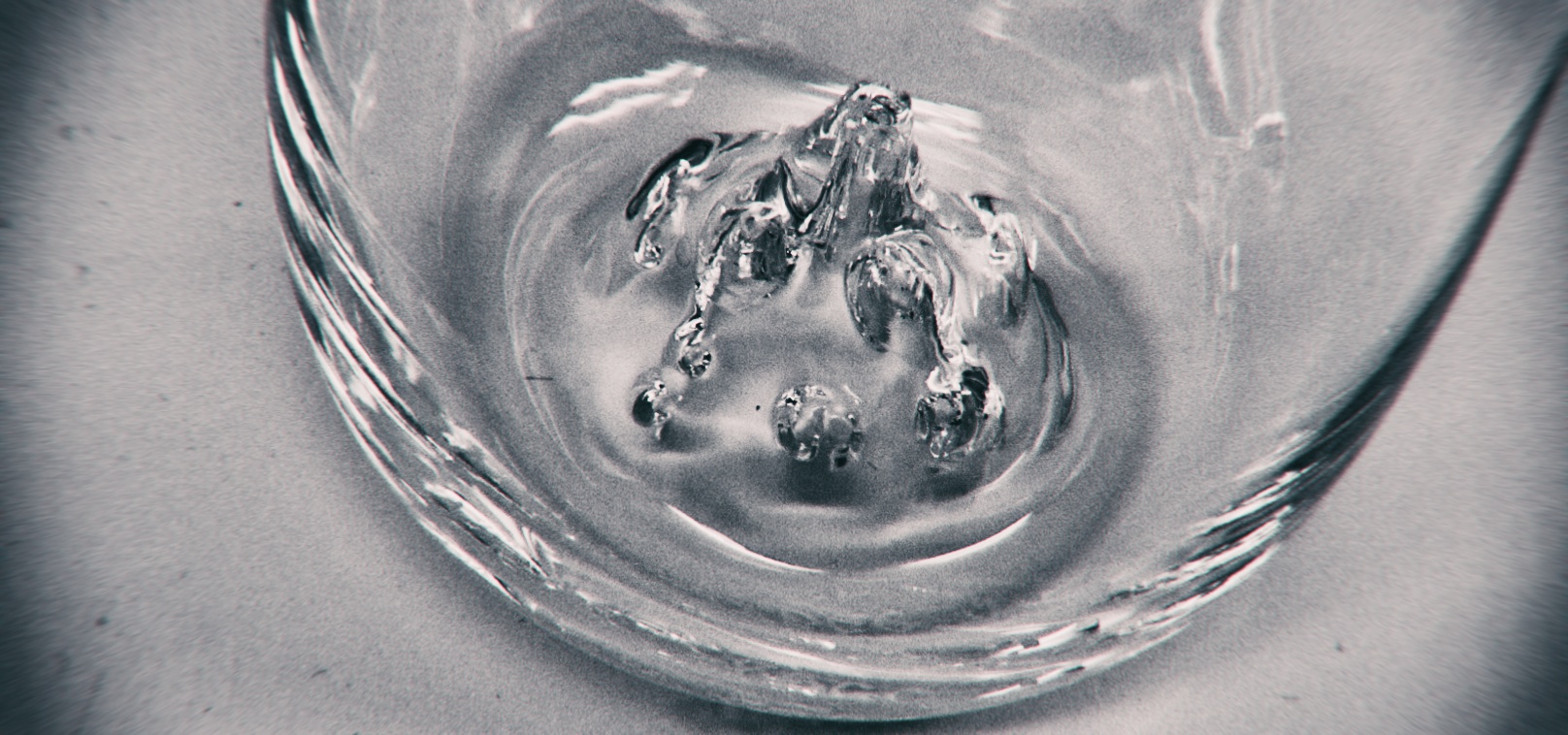For Christmas, M got me a set of glasses from The Pretentious Beer Glass Company. They came carefully packed with individual descriptions and explanations. This was important, since just looking at the glasses, I had no idea what I was dealing with.
The Pretentious Beer Glass Company is run by Matthew Cummings in Louisville, Kentucky. Cummings explains how the company got started:
The PBGC originated from a small drinking club at the Mellwood Arts Center in Louisville, KY. Each friday afternoon, we would take off work early to sit in the courtyard and drink great craft beer. After a couple too many (all good ideas start this way, right?) the club decided that I should make beer glasses for everyone. I designed the Hoppy Beer glass and gave each member a customized version of that glass. After making that first glass, I started to notice a lack of unique beer glasses for craft beer. It was just such an obvious problem that it was invisible…hiding out in the open. I started the Pretentious Beer Glass Company as a remedy for that problem, and spent over 6 months making, testing, and refining designs that highlight different styles.
The Glasses
The gift set I received has five glasses; each covers a wide range of beer (with some overlap). I don’t pretend that my trials with the glasses so far is canonical, but it’s at least within bounds.
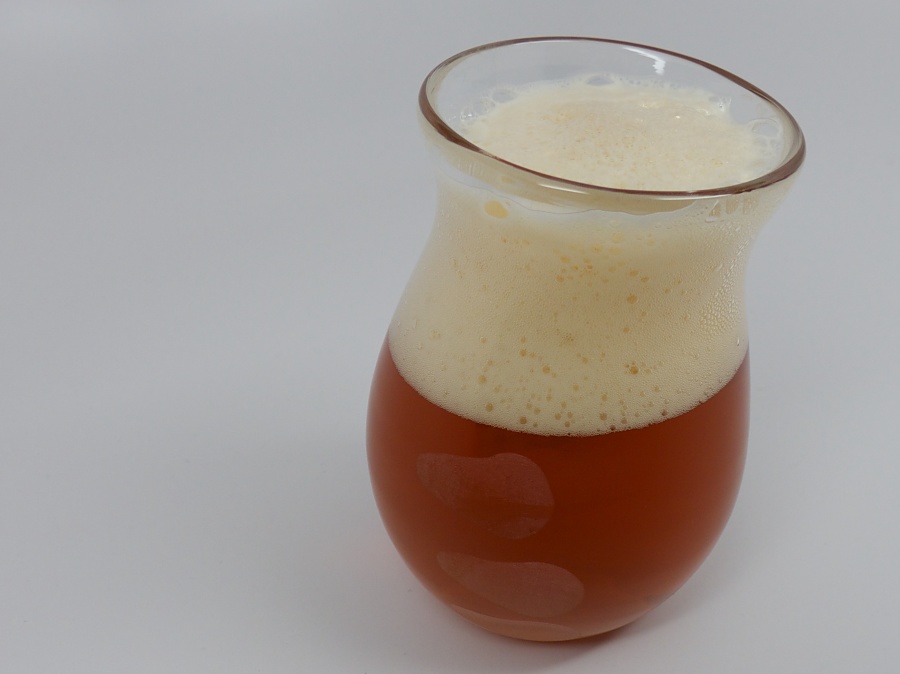
First off is the original PBGC glass, the Hoppy Glass. While I like many different beers, my go-to beer is an IPA. In specific, I like super-hoppy IPAs that aren’t too malty and that smell like weed.
PBGC’s Hoppy glass is not strictly tulip-shaped like the vessels I used traditionally for drinking a hoppy IPA. It’s tulip-shaped for the most part, but flares at the opening, leans to the side, and has finger-holds designed to mate to a thumb and three fingers (pinkies, after all, are stupid).
The squat glass with no stem did not immediately make sense to me, but it’s quickly grown to be my favorite glass for IPA consumption. It’s stable, quirky, and heavy. This is not fragile glass and is clearly functional: delicate consumption is not the goal here. While the flare doesn’t focus aromas as intensely as a strict tulip, the glass still concentrate aromas pretty effectively once the first few sips have been taken.
All of my intuition and training says that this glass makes little sense, but I keep reaching for it instead of a tulip, and there’s something to that.
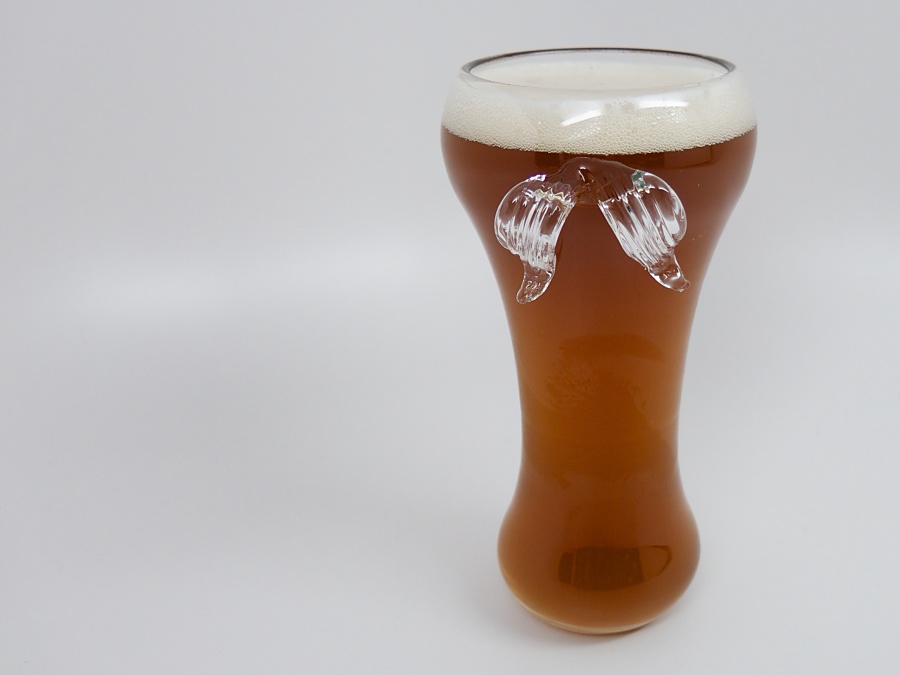
The Ale glass is meant to be relatively universal. Cummings explains that the glass is a variation on the standard pint, but he just had to add something to it to make it his own.
Honestly, I’m tickled by this glass, but it’s a pain in the ass at the same time. The base is extremely narrow and the flat portion has a relatively small diameter. This is not a glass I would want to use (or for a guest to use) when at all inebriated. It’s unstable and tricky under the best of conditions. I think it’s beautiful and a work of art, but best used for a first beer and then retired for the evening. Shame.
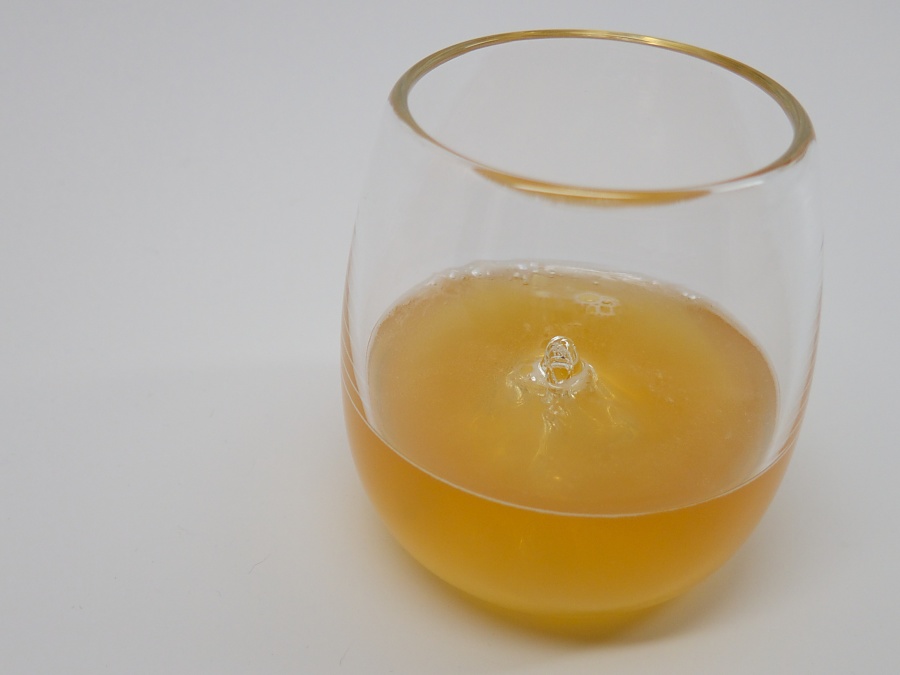
From a pure gimmick standpoint, the Aromatic Beer Glass is incredible. It harbors a glass mountain that is slowly revealed as the beer is consumed.
How.
Cool.
Is.
That.
In short, pretty damn cool. It’s snifter-like and functions like a snifter and I love it. It’s solid, steady, and gorgeous. If I was more of a Belgian nut than a hop nut, I’m pretty sure this would be what I reach for every time. This beats the crap out of drinking beer from a snifter, which while appropriate, always felt completely stupid.
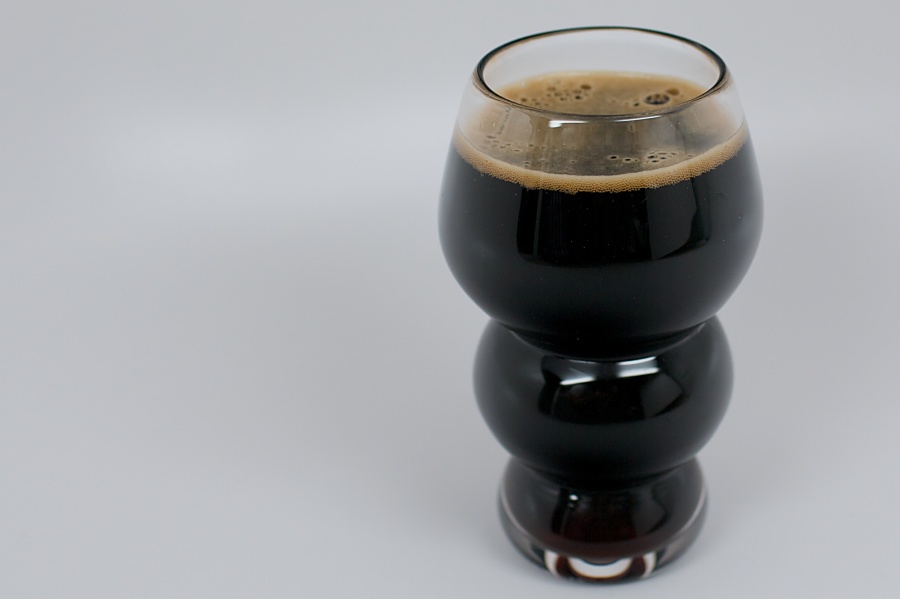
The Malty beer glass is interesting. It has a conical section in the base surrounded by a ridge. This isn’t just decorative; it’s designed to catch sediment from malty beers.
The profile of the glass is not unlike a classic pint glass, beyond being heavier and more artistic. It’s a pretty thing, but most of the beers I would put in this glass will likely end up in the aromatic glass instead.
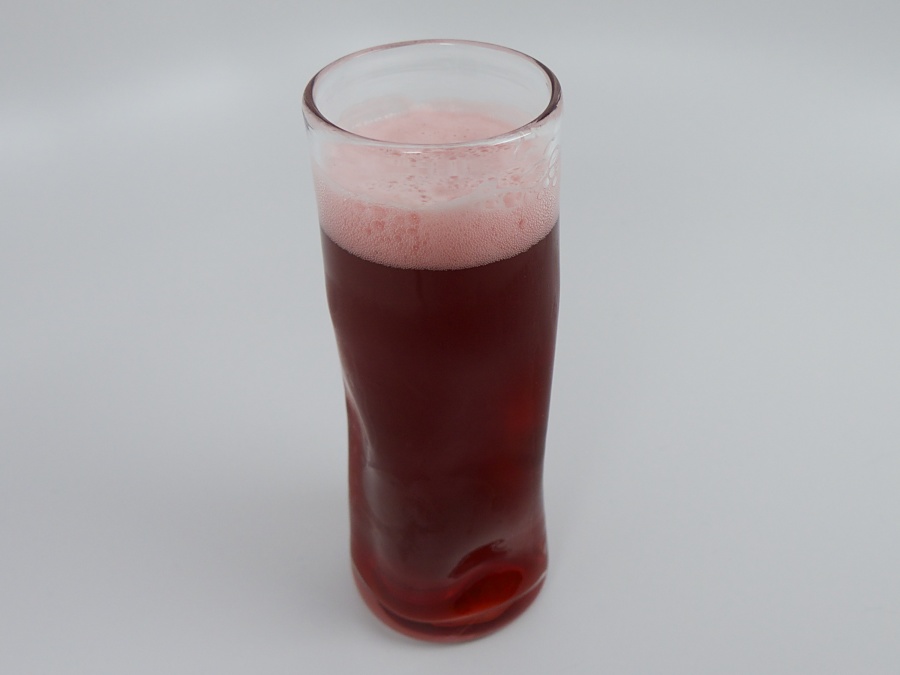
The Subtle Glass is the oddball. In truth, it’s an artistic and heavy-glass take on the collins glass: tall and narrow, this glass is best suited for making tall drinks.
As to beer, well, sure, it works fine. More than the rest, I’m convinced this glass has no real effect on the beer’s appreciation. Basically it’s just a narrow column with some twist/distortion involved. It’s pretty, but a little half-assed and low-concept versus the rest.
That may make it sound like I’m ending on a sour note, but I’m not – I’m really enjoying this glassware, and am looking forward to seeing how the range expands over time. Having spent some quality time with different glassware for wine, I’m confident this is an area that has not yet seen enough investment.

